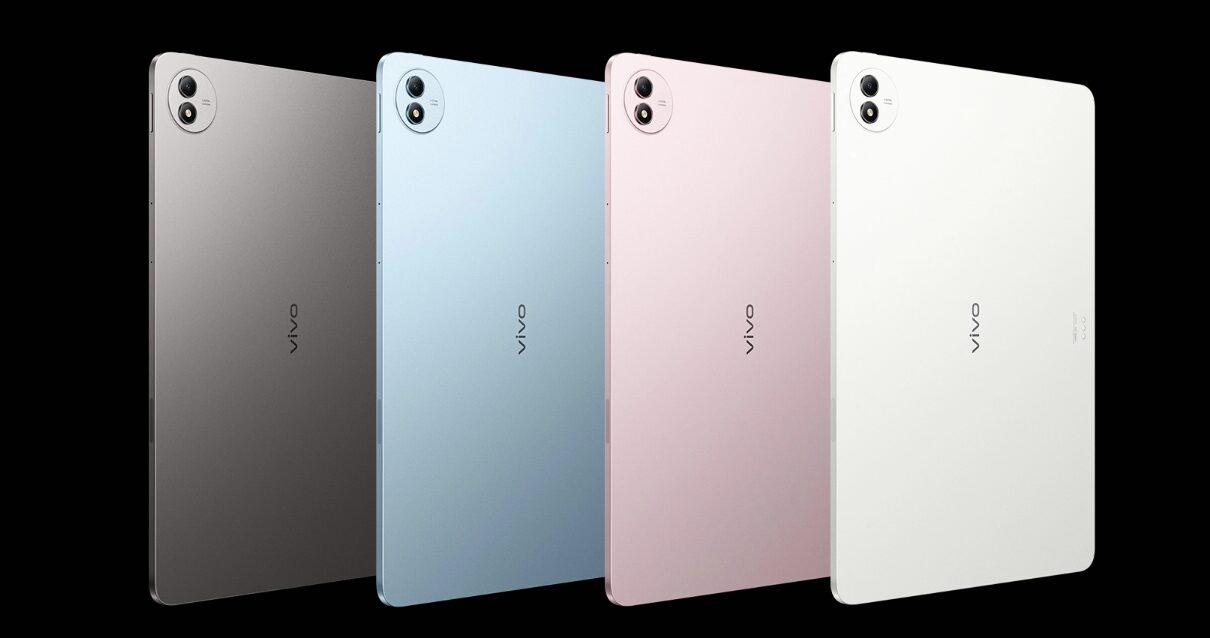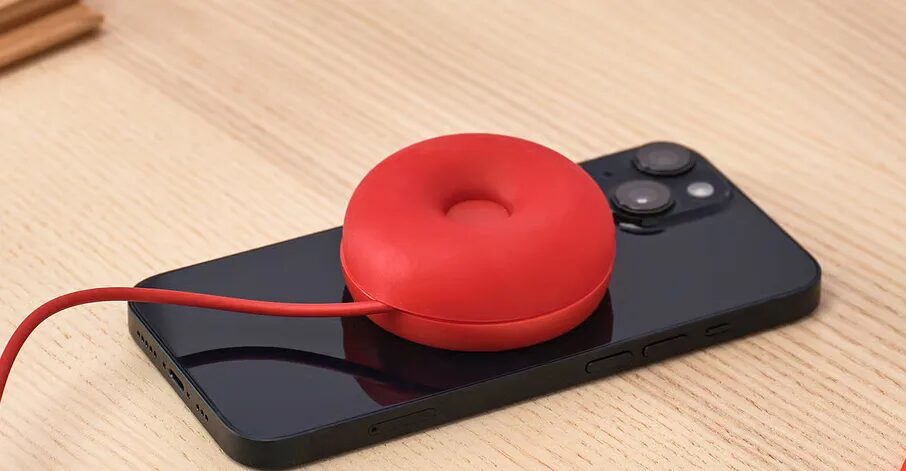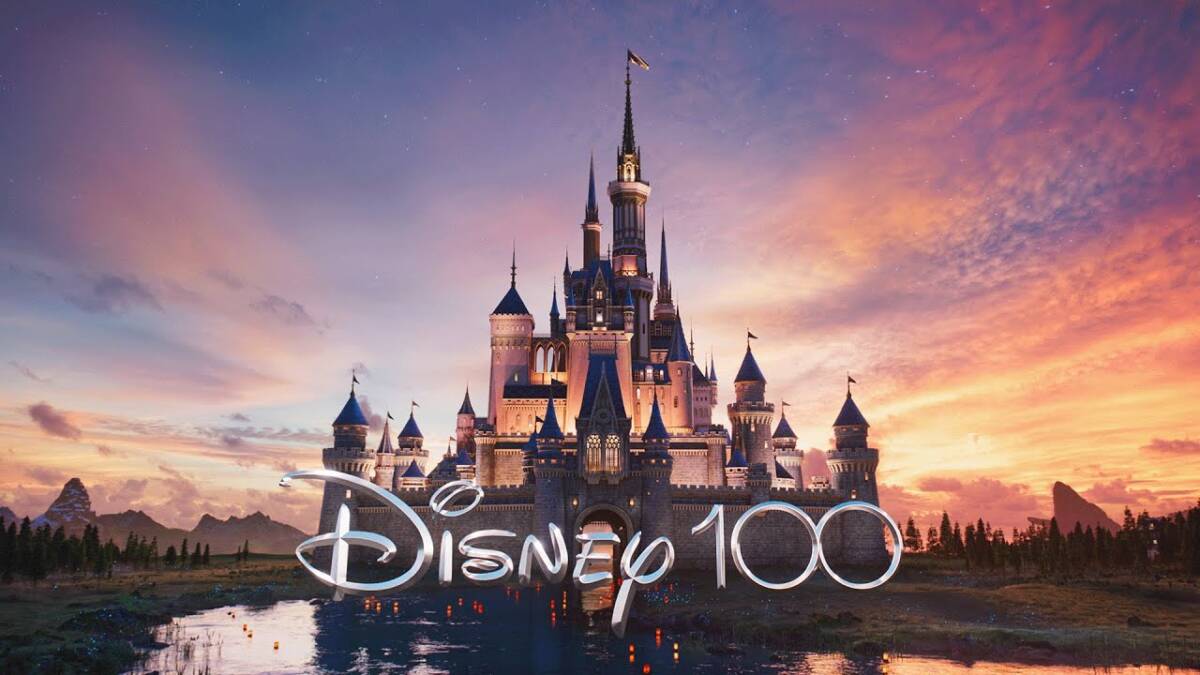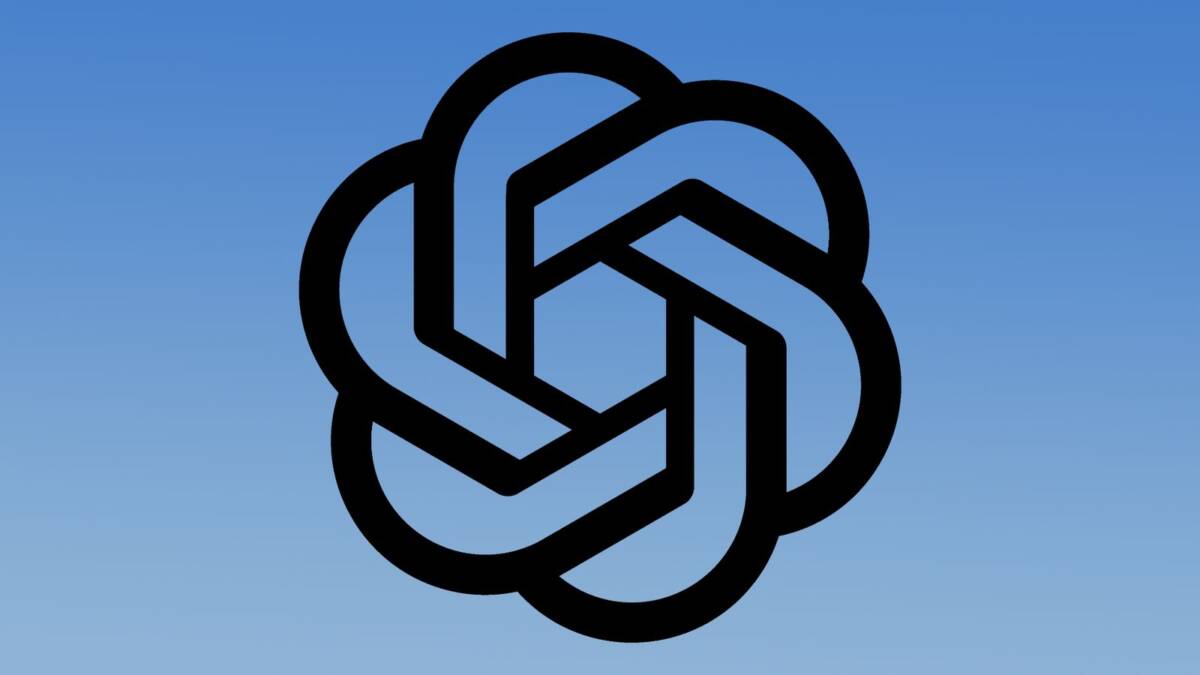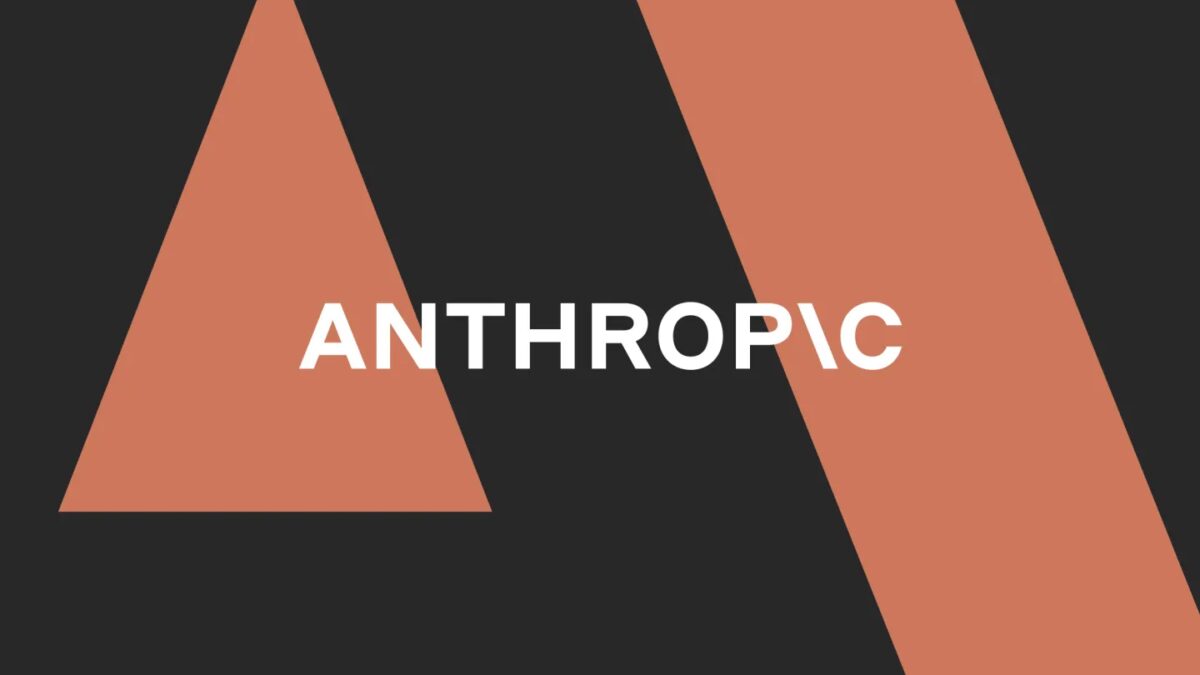OpenAI introduced updated image generation capabilities in ChatGPT

OpenAI CEO Sam Altman announced a major update to ChatGPT’s image generation – the first in over a year – during a live broadcast on Tuesday.
ChatGPT can now create and edit images using GPT-4o, which was previously used exclusively for text processing. This enhancement is available in ChatGPT and Sora, OpenAI’s video generation tool. For now, it’s only launched for subscribers to the $200/month Pro plan, but will soon be available to users of Plus, the free version of ChatGPT, and API developers.
Why is GPT-4o better than DALL-E 3?”
OpenAI claims that the new algorithm takes longer to think, but creates more accurate and detailed images compared to DALL-E 3. ChatGPT can now edit existing images, including with people in them, as well as make changes to foreground and backgrounds.
The model was trained on publicly available data and input from partners such as Shutterstock. Companies working with generative AI rarely disclose details of the training because it’s not only a competitive advantage, but also a potential source of copyright litigation.
Model’s training is not only a competitive advantage, but also a potential source of copyright litigation.
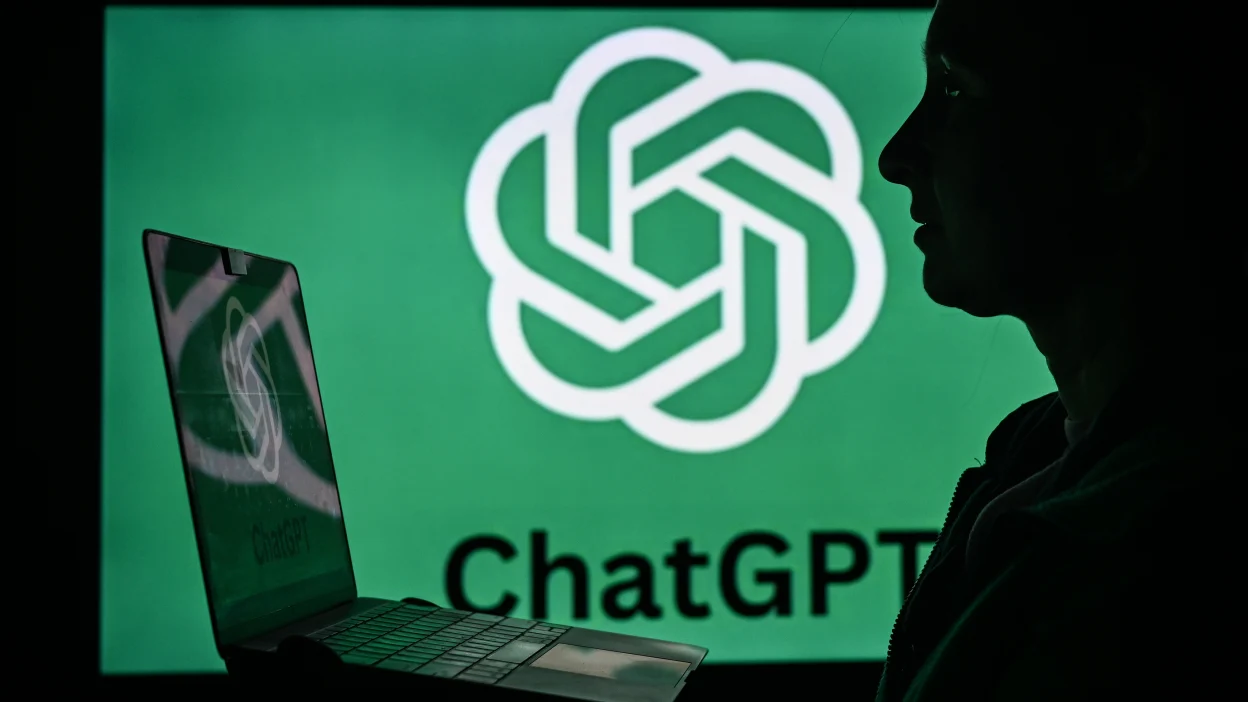
Copyright Protection
OpenAI Chief Operating Officer Brad Lightcap said the company does not allow ChatGPT to copy the style of living artists and offers authors an opt-out form for using their work in training. OpenAI also respects bans on scraping data from websites if resource owners don’t want their content used in AI models.
Competing with Google and the challenges of generative AI
The OpenAI update came shortly after Google introduced a new image generation system in the Gemini 2.0 Flash model. However, Google ran into problems – the tool allowed removal of watermarks and the creation of copyright-infringing images.
OpenAI aims to avoid such scandals, but the success of the new feature will depend on its accuracy, speed of operation, and effectiveness in protecting intellectual property.


